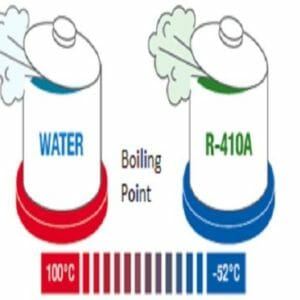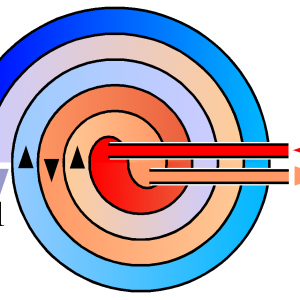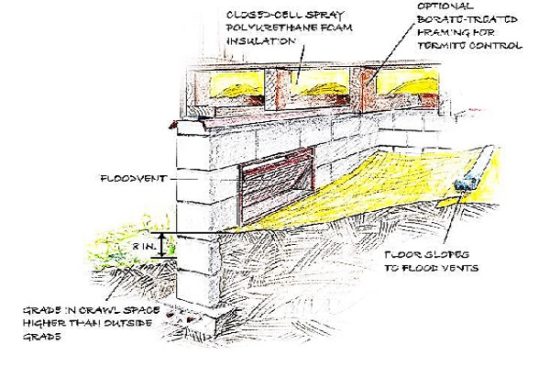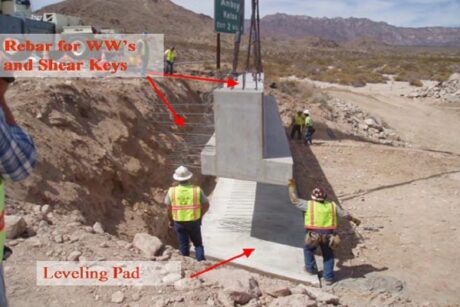-
×
 E - 1144 Residential Deck Construction
1 × $75.00
E - 1144 Residential Deck Construction
1 × $75.00 -
×
 E - 1877 HVAC Refrigerants and Clean Air Act
1 × $150.00
E - 1877 HVAC Refrigerants and Clean Air Act
1 × $150.00 -
×
 E - 1106 Fundamentals of Heat Exchangers
1 × $50.00
E - 1106 Fundamentals of Heat Exchangers
1 × $50.00 -
×
 E - 2066 Structural Design and Construction of Falsework: A Guide to Good Practice
1 × $75.00
E - 2066 Structural Design and Construction of Falsework: A Guide to Good Practice
1 × $75.00
Subtotal: $350.00


 E - 1144 Residential Deck Construction
E - 1144 Residential Deck Construction  E - 1877 HVAC Refrigerants and Clean Air Act
E - 1877 HVAC Refrigerants and Clean Air Act  E - 1106 Fundamentals of Heat Exchangers
E - 1106 Fundamentals of Heat Exchangers  E - 2066 Structural Design and Construction of Falsework: A Guide to Good Practice
E - 2066 Structural Design and Construction of Falsework: A Guide to Good Practice 








written material is a little longer than needed. quite a few ideas are repeated. good otherwise!
Essential course for structural engineers dealing with residential construction.